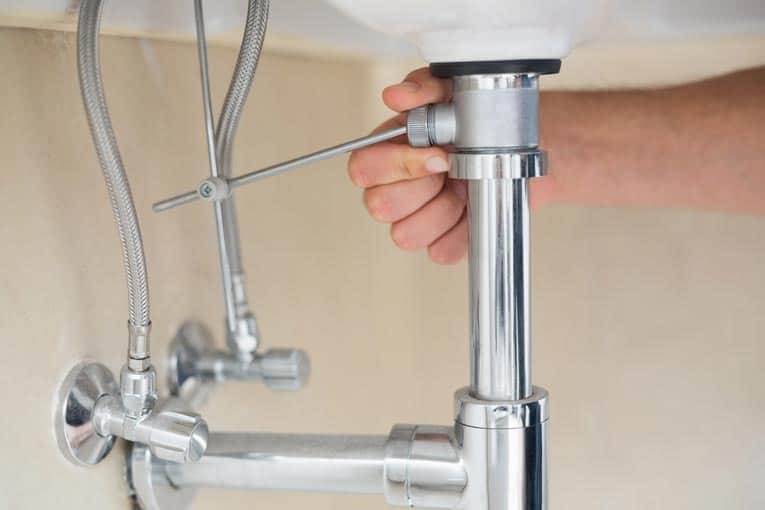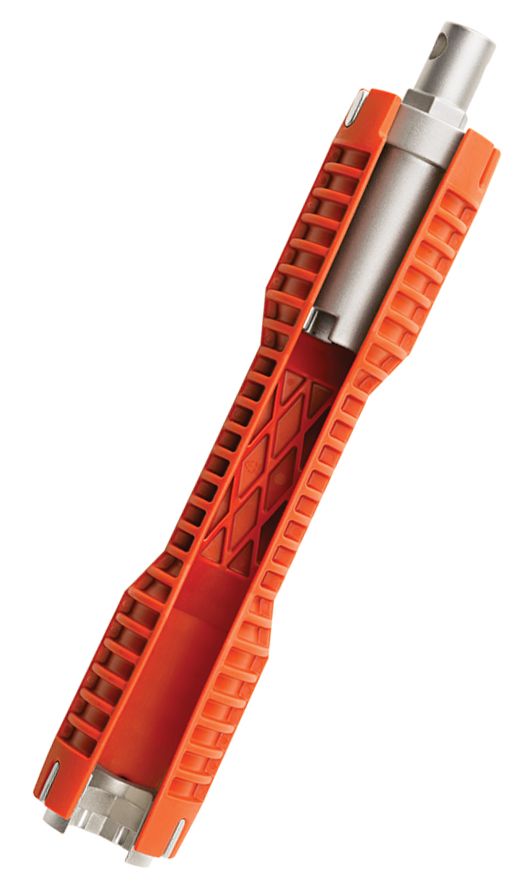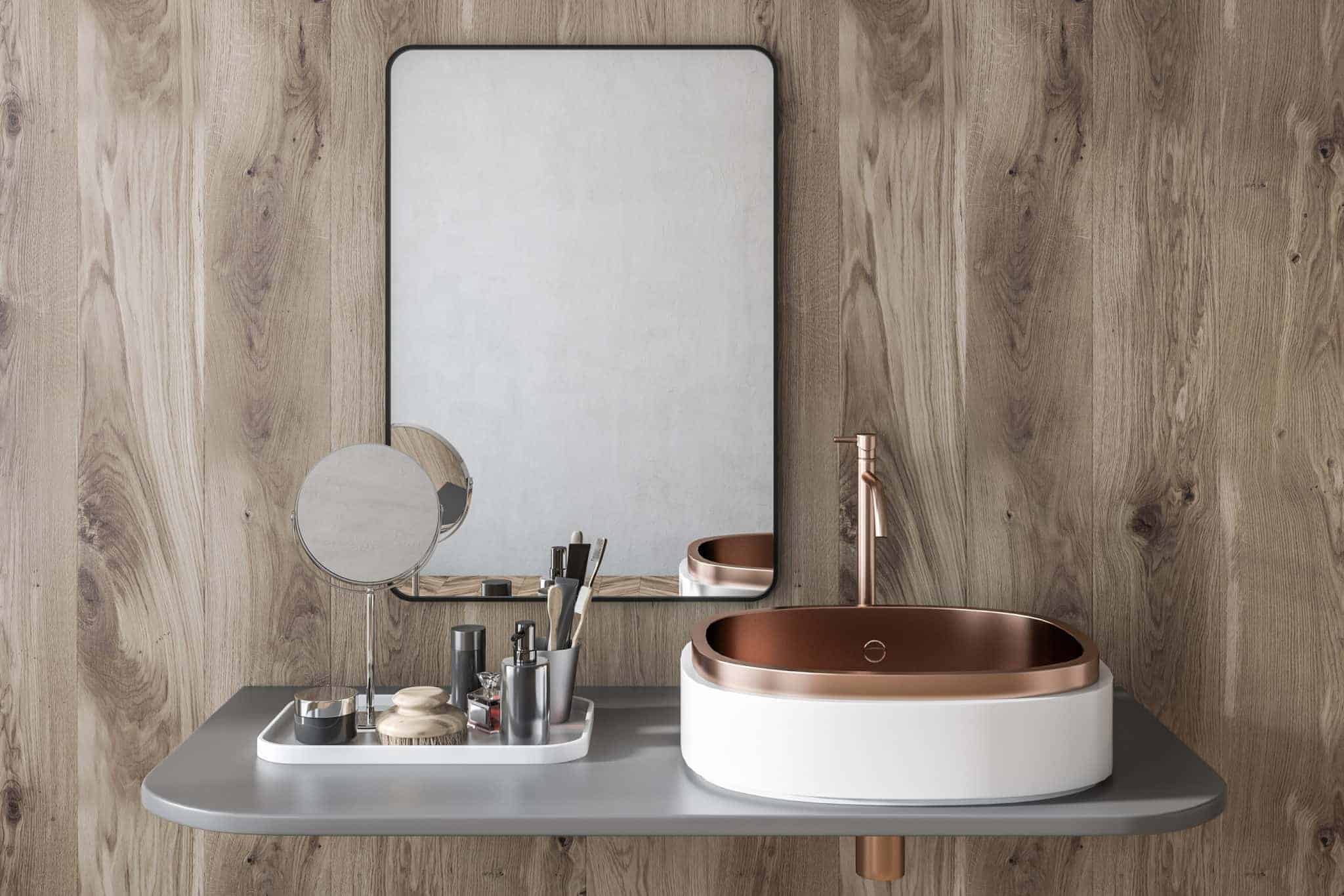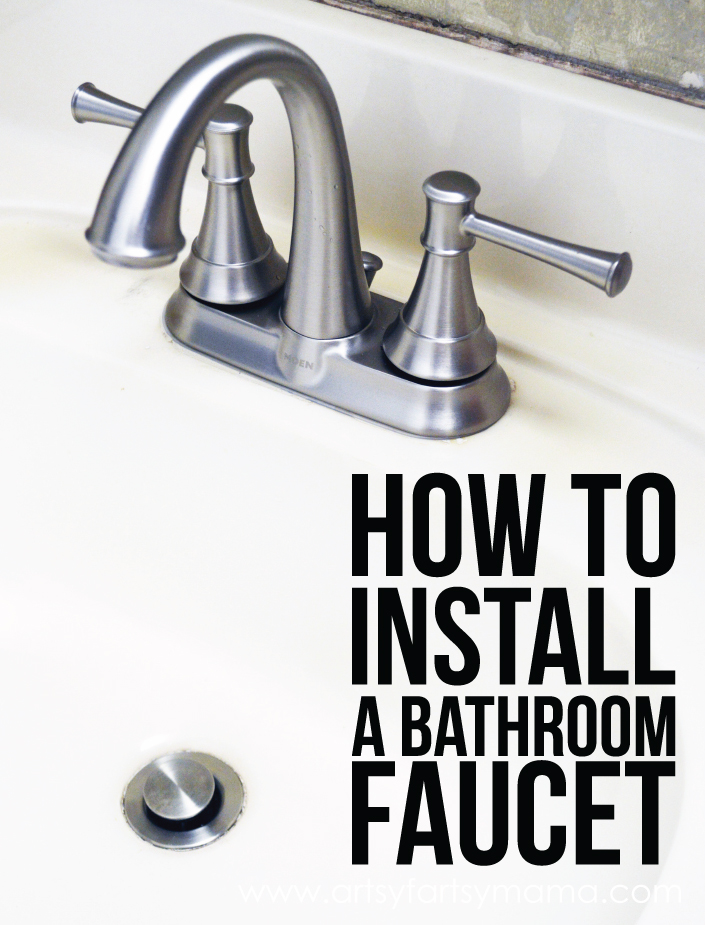Installing a bathroom sink faucet plug may seem like a daunting task, but with the right tools and knowledge, it can be a simple and rewarding DIY project. A properly installed faucet plug can prevent water from draining out of the sink, making it easier to fill and clean the basin. In this article, we will discuss the step-by-step process of installing a bathroom sink faucet plug, as well as tips and tricks to ensure a successful installation.Bathroom Sink Faucet Plug Installation
Before starting the installation process, make sure to gather all necessary tools and materials. These may include a faucet plug kit, a plumber’s putty, an adjustable wrench, a screwdriver, and a bucket or towel to catch any water. Also, be sure to read the manufacturer’s instructions for specific installation steps for your faucet plug. Step 1: Remove the old faucet plug (if applicable). Turn off the water supply to the sink and unscrew the old plug from the drain. Clean the drain hole and remove any old putty or debris. Step 2: Prepare the new faucet plug. Roll a small amount of plumber’s putty into a thin rope and wrap it around the underside of the flange of the faucet plug. This will create a watertight seal when the plug is installed. Step 3: Insert the plug into the drain hole. Be sure to align the holes in the flange with the holes in the drain. Use the adjustable wrench to tighten the locknut underneath the sink to secure the plug in place. Step 4: Attach the lift rod. The lift rod is the mechanism that allows you to open and close the plug from the faucet. Thread the lift rod through the hole in the faucet and secure it with the retaining nut. Adjust the length of the lift rod as needed. Step 5: Test the plug. Turn on the water supply and test the plug by pulling up on the lift rod and allowing the water to drain out of the sink. If the plug is not sealing properly, adjust the lift rod or add more putty to create a better seal.How to Install a Bathroom Sink Faucet Plug
Installing a bathroom sink faucet plug can be a satisfying DIY project and can save you money on hiring a professional plumber. However, it is important to know your limits and when it may be best to call in a professional. If you are not comfortable working with plumbing or do not have the necessary tools, it may be best to leave the installation to a professional. Additionally, if you encounter any unexpected issues during the installation process, it is best to stop and call a professional for assistance. It is always better to be safe than sorry when it comes to plumbing.DIY Bathroom Sink Faucet Plug Installation
To summarize the installation process, here is a step-by-step guide for installing a bathroom sink faucet plug:Step-by-Step Guide for Bathroom Sink Faucet Plug Installation
To install a bathroom sink faucet plug, you will need the following tools:Tools Needed for Bathroom Sink Faucet Plug Installation
While installing a bathroom sink faucet plug is a simple process, there are a few common mistakes that can be easily avoided. These include not properly aligning the plug with the drain, not using enough plumber’s putty, and not tightening the locknut enough. These mistakes can lead to leaks and a faulty faucet plug, so it is important to take your time and double-check your work.Common Mistakes to Avoid During Bathroom Sink Faucet Plug Installation
To ensure a successful installation, here are a few tips to keep in mind:Tips for a Successful Bathroom Sink Faucet Plug Installation
If you encounter any issues during the installation process, such as leaks or an improperly sealing plug, here are a few troubleshooting tips:Troubleshooting Bathroom Sink Faucet Plug Installation
While installing a bathroom sink faucet plug is a relatively simple DIY project, some homeowners may prefer to hire a professional for peace of mind. Hiring a professional can also be beneficial if you encounter any unexpected issues during the installation process or if you do not have the necessary tools. Ultimately, the decision between professional and DIY installation depends on your comfort level and the complexity of the project.Professional vs. DIY Bathroom Sink Faucet Plug Installation
The cost of installing a bathroom sink faucet plug can vary depending on the complexity of the project and whether you hire a professional or choose to DIY. On average, hiring a professional plumber can cost anywhere from $100 to $250, while a DIY installation can cost around $20 for the faucet plug kit. However, keep in mind that if you encounter any issues during the DIY process, you may end up spending more money to hire a professional to fix the problem. In conclusion, installing a bathroom sink faucet plug is a simple and rewarding DIY project that can save you time and money in the long run. With the right tools and knowledge, you can successfully install a faucet plug and enjoy a fully functioning bathroom sink.Cost of Bathroom Sink Faucet Plug Installation
Why a Proper Bathroom Sink Faucet Plug Installation is Important for Your House Design

Enhances the Aesthetics of Your Bathroom
 One of the main reasons why a proper bathroom sink faucet plug installation is important for your house design is because it enhances the overall aesthetic of your bathroom. The faucet plug is one of the most visible elements in your bathroom and can significantly impact the overall look and feel of the space. By choosing a high-quality and well-designed faucet plug, you can add a touch of elegance and luxury to your bathroom design.
One of the main reasons why a proper bathroom sink faucet plug installation is important for your house design is because it enhances the overall aesthetic of your bathroom. The faucet plug is one of the most visible elements in your bathroom and can significantly impact the overall look and feel of the space. By choosing a high-quality and well-designed faucet plug, you can add a touch of elegance and luxury to your bathroom design.
Prevents Water Wastage
 Another important reason for a proper bathroom sink faucet plug installation is to prevent water wastage. A well-installed faucet plug ensures that no water leaks out of the sink, saving you money on your water bill and contributing to a more sustainable household. Additionally, a damaged or improperly installed faucet plug can lead to water damage in your bathroom, resulting in costly repairs and potential structural damage.
Another important reason for a proper bathroom sink faucet plug installation is to prevent water wastage. A well-installed faucet plug ensures that no water leaks out of the sink, saving you money on your water bill and contributing to a more sustainable household. Additionally, a damaged or improperly installed faucet plug can lead to water damage in your bathroom, resulting in costly repairs and potential structural damage.
Ensures Proper Functionality
 A proper faucet plug installation also ensures that your bathroom sink functions properly. A loose or incorrectly installed faucet plug can cause water to splash out of the sink, leading to a messy and potentially hazardous bathroom environment. It can also make it difficult to control the water flow and temperature, making it inconvenient for daily use. By ensuring a proper installation, you can enjoy a smoothly functioning sink and a hassle-free bathroom experience.
A proper faucet plug installation also ensures that your bathroom sink functions properly. A loose or incorrectly installed faucet plug can cause water to splash out of the sink, leading to a messy and potentially hazardous bathroom environment. It can also make it difficult to control the water flow and temperature, making it inconvenient for daily use. By ensuring a proper installation, you can enjoy a smoothly functioning sink and a hassle-free bathroom experience.
Increases the Lifespan of Your Faucet
 Proper installation of your bathroom sink faucet plug can also prolong the lifespan of your faucet. A faucet plug that is installed too tightly or at the wrong angle can put unnecessary strain on the faucet, leading to wear and tear over time. This can result in frequent repairs or even the need for a replacement. By installing the faucet plug correctly, you can avoid these issues and save money in the long run.
Proper installation of your bathroom sink faucet plug can also prolong the lifespan of your faucet. A faucet plug that is installed too tightly or at the wrong angle can put unnecessary strain on the faucet, leading to wear and tear over time. This can result in frequent repairs or even the need for a replacement. By installing the faucet plug correctly, you can avoid these issues and save money in the long run.
Final Thoughts
 In conclusion, a proper bathroom sink faucet plug installation is crucial for both the aesthetics and functionality of your bathroom. By choosing a high-quality faucet plug and ensuring a professional and accurate installation, you can enhance your bathroom design, prevent water wastage, ensure proper functionality, and prolong the lifespan of your faucet. So, make sure to pay attention to this important aspect of your bathroom design for a beautiful and functional space.
In conclusion, a proper bathroom sink faucet plug installation is crucial for both the aesthetics and functionality of your bathroom. By choosing a high-quality faucet plug and ensuring a professional and accurate installation, you can enhance your bathroom design, prevent water wastage, ensure proper functionality, and prolong the lifespan of your faucet. So, make sure to pay attention to this important aspect of your bathroom design for a beautiful and functional space.
























:no_upscale()/cdn.vox-cdn.com/uploads/chorus_asset/file/19495086/drain_0.jpg)












































